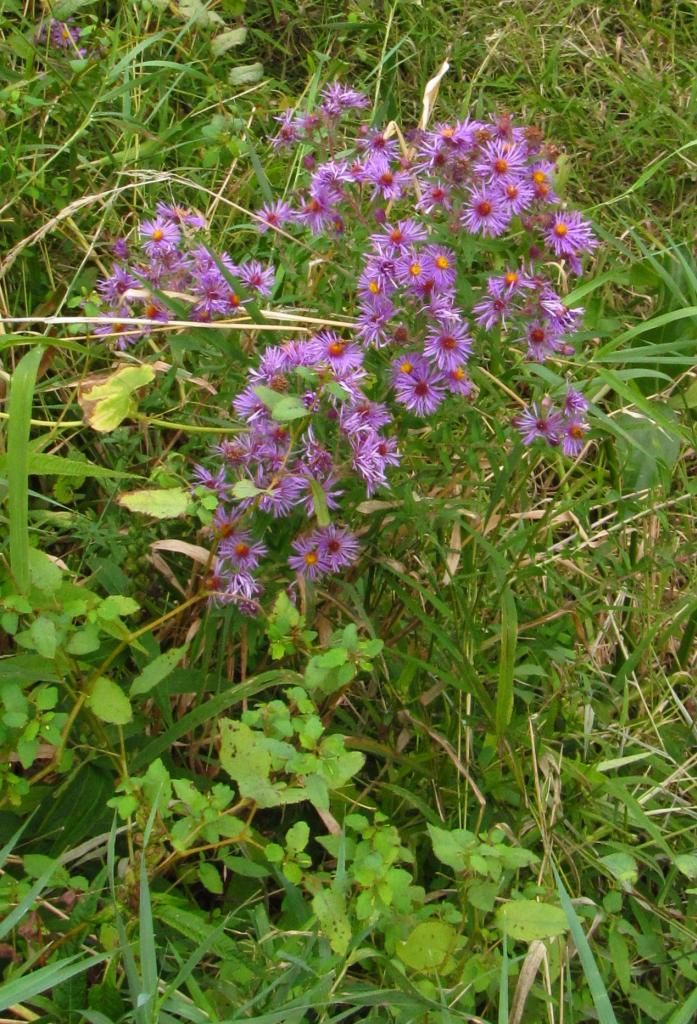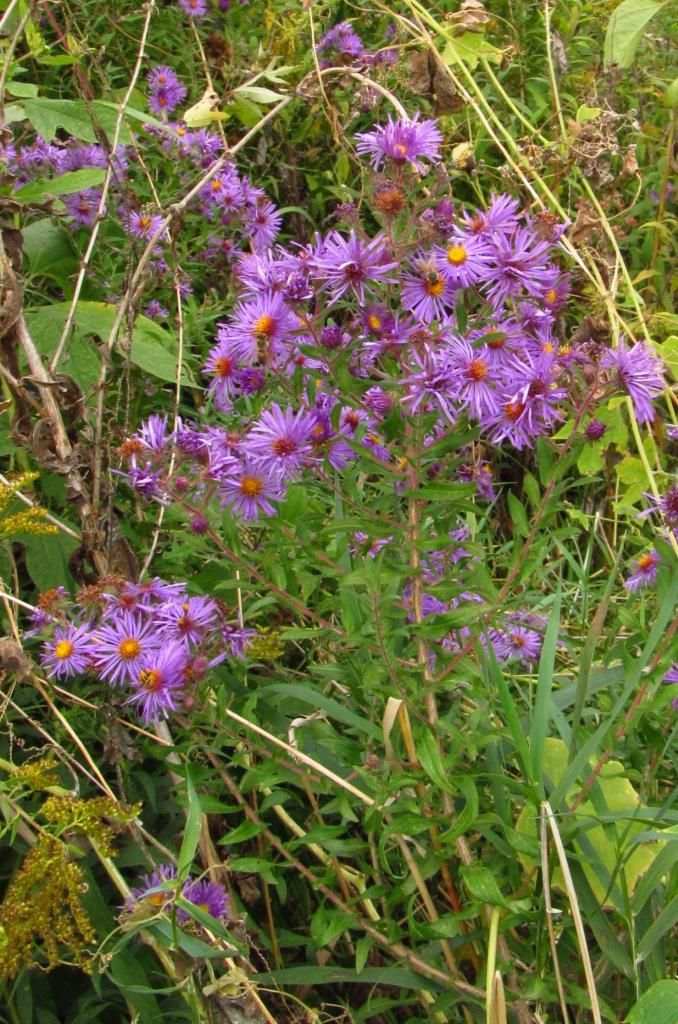This week’s wildflower diary is dedicated to Jeanne Shaheen of New Hampshire, who may become the only Democrat to survive the 2014 Republican wave in a targeted U.S. Senate race.
New England Aster, known as Symphyotrichum novae-angliae or Aster novae-angliae, is native to most of the U.S. and Canada. The plant blooms in the late summer or early fall, and its many flowerheads stand out against the landscape with their purple or pink ray flowers and yellow or orange disk flowers. I’ve enclosed several pictures after the jump.
According to the Minnesota Wildflowers website, “New England Aster is one of the last flowers to bloom in the season.” On that note, Iowa wildflower Wednesday is going on hiatus until the spring. Previous posts in the series are archived here. Bleeding Heartland welcomes guest diaries featuring Iowa nature photographs at any time of the year.
This post is also a mid-week open thread: all topics welcome.
In this shot, New England aster is blooming with flat-topped aster in the background.
New England aster is pollinated “primarily by long-tongued bees, bee flies, butterflies, and skippers.” According to the Illinois Wildflowers website, it is not too picky:
Habitats include moist to mesic black soil prairies, clay prairies, thickets, moist meadows in woodlands, open areas along rivers and lakes, fens, abandoned fields, open areas along railroads and roadsides, and miscellaneous waste areas. Some populations are probably escapes from cultivated plants. This plant colonizes disturbed areas readily, but it also occurs in high quality habitats.
Here are a few more shots of New England aster. In the last photograph, the flowerheads appear more pink than purple.





1 Comment
Monarch butterflies...
…love New England asters. Twenty-five years ago, we regularly had dozens of monarchs on our New England asters every day from mid-August to mid-September.
PrairieFan Tue 2 May 9:30 PM